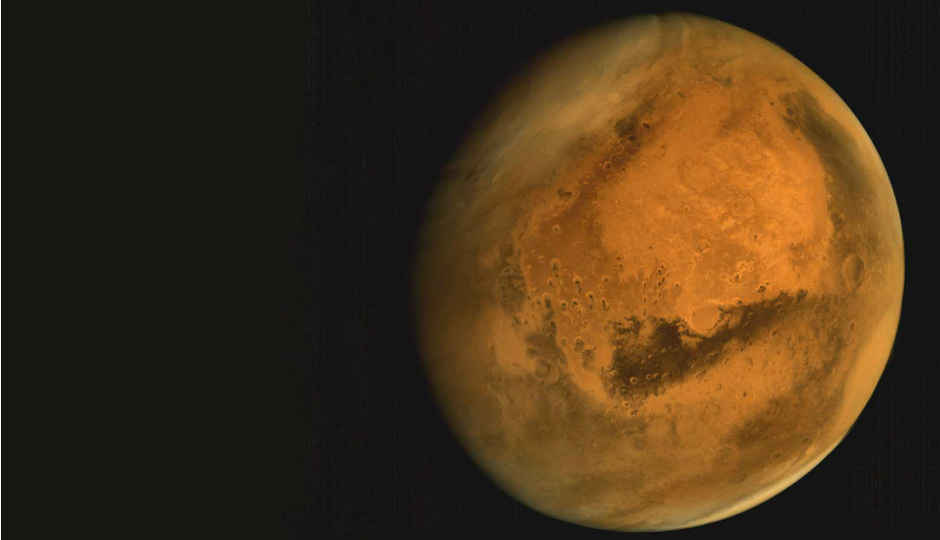ISRO’s Mars Orbiter ‘Mangalyaan’ completes four years in orbit

The Mars Orbiter has been orbiting the Red Planet for four straight years now. Go, ISRO!
Launched on November 5, 2013 by the Indian Space Research Organisation (ISRO), the Mars Orbiter (aka Mangalyaan) successfully made it to the Red Planet’s orbit on September 24, 2014, making the Mars Orbiter Mission (MOM) a success at the very first attempt. Today, it celebrates four years of being there. How do we know? The Mars Orbiter sent out a tweet yesterday reading, “It's been 4 years since I am around! Thank you for your love and support.”
The orbiter’s tweet included a picture of Olympus Mons, the tallest planetary mountain in the entire Solar System. At its summit, the mountain is 21 kilometres in height. The picture was taken on March 18 this year through the Mars Colour Camera (MCC) from an altitude of 8,387 kilometres. In the picture, one can see the cloud formation around the Olympus Mons.
It's been 4 years since I am around!
Thank you for your love and support. @isro pic.twitter.com/ry89iilKCV— ISRO's Mars Orbiter (@MarsOrbiter) September 25, 2018
A retweet by Mars Orbiter included a message from ISRO that read, “#MOM's mission life was expected to be six months! So far, the Mars Colour Camera has acquired 980+ images. Mars Atlas is also ready.” The orbiter has spent over 1,000 sols going around the Red Planet. It is by far the only artificial Martian satellite to capture an image of the full disc of Mars in a single frame. It’s also the only artificial Martian satellite to capture an image of the far side of Deimos, one of Mars’ two moons.
From our recent reports on ISRO, it’s clear the space agency has many big plans for the coming months. To start with, the chairman of ISRO, Dr K Sivan, believes that with the launch of three new satellites India will get access to internet at speeds of over 100 Gbps before the end of next year. During ISRO’s recent launch of two British satellites earlier this month, the agency mentioned its plans to push a total of 18 more satellites into space in the next six months.
Vignesh Giridharan
Progressively identifies more with the term ‘legacy device’ as time marches on. View Full Profile




